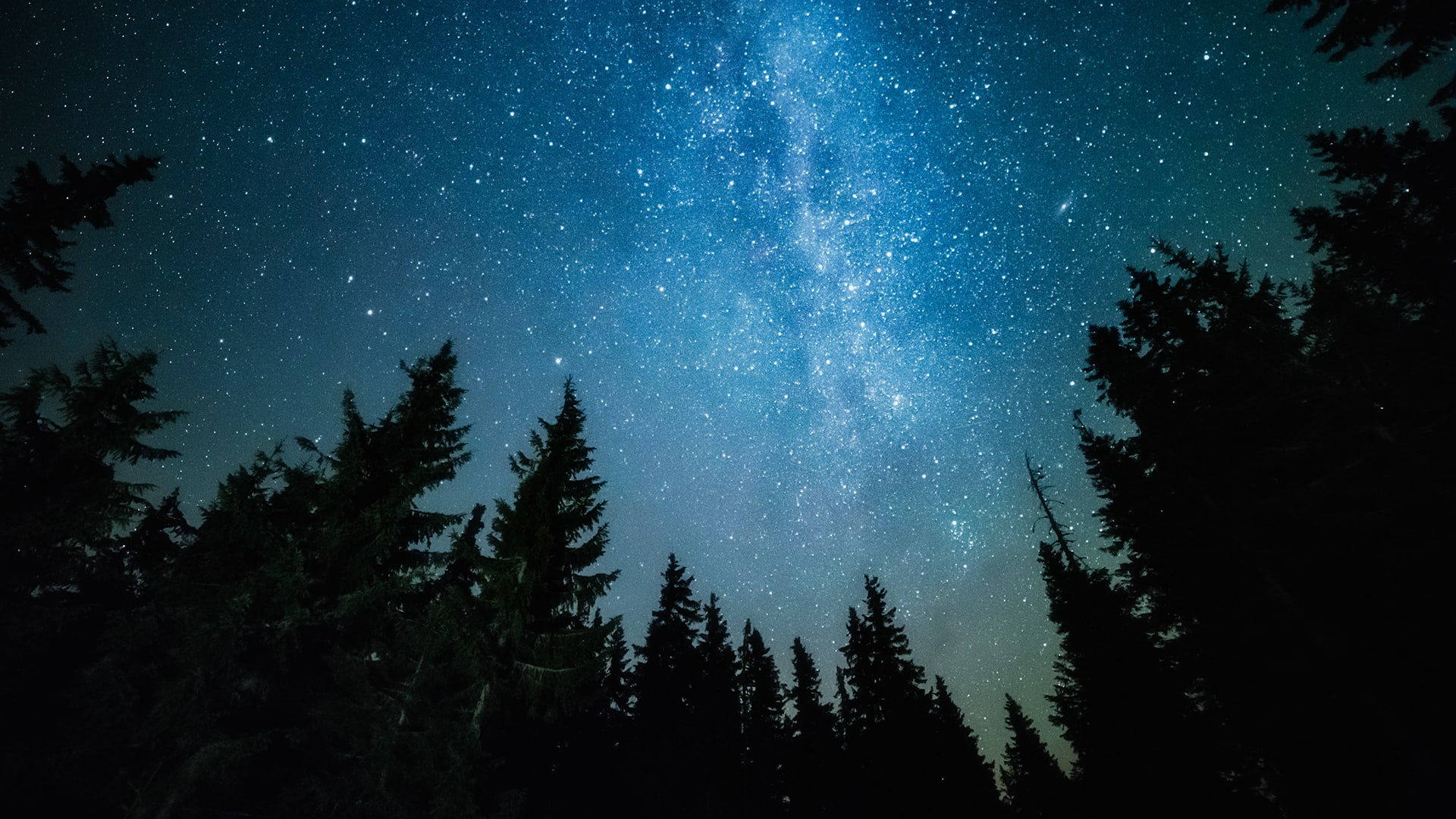

stars`come`out`at
night?`Why`can’t
you`see`them`during
the`day?


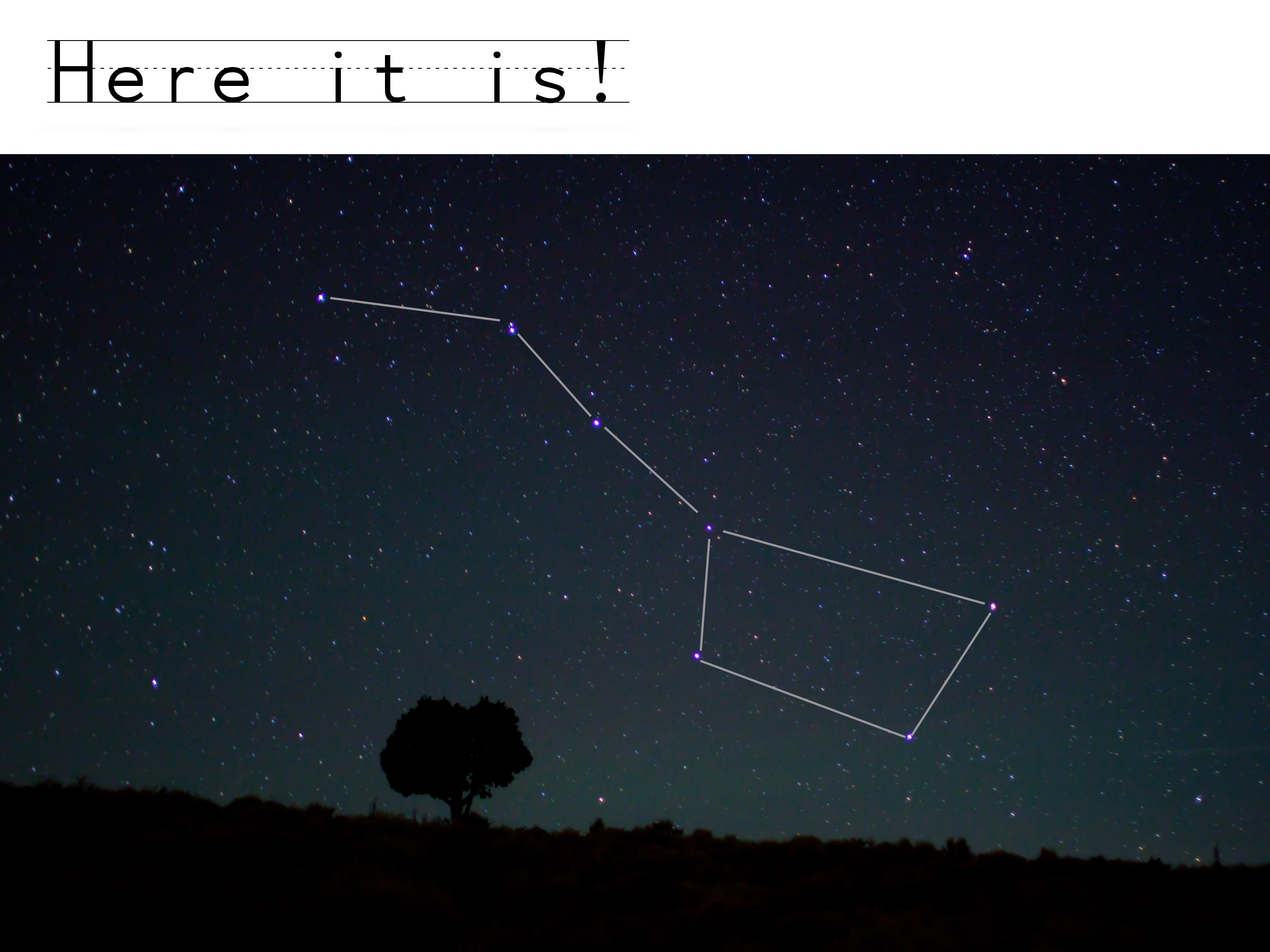

















Below are ideas for extending this topic beyond the activity and exploration you just completed.
- Lesson Assessment: Open-ended drawing/writing prompt
- Readings: Light pollution + the dark town of Flagstaff, Arizona
- Videos: The effects of light pollution
- Activity: Build a star clock to tell time at night.
These reading are free with registration on ReadWorks or Newsela:
Why don’t we see stars in the daytime?: All readings include comprehension questions (Grade 1).
Flagstaff, Arizona, is darker at night than other towns: A writing prompt and quiz questions are available for each reading (Grade 2).
This video from National Geographic shows how the night sky looks from places with different levels of light pollution.
What gets hidden by light pollution? In this video, a professional astronomy photographer takes you out of the city to see the stars.
This news report from The Today Show shows how a small mountain town redesigned its lights to cut down on light pollution.
Create your own star clock with these instructionsso you can tell the time at night and predict when different constellations will be visible!
Note: This star clock was designed for use in the Northern Hemisphere. It uses Standard Time, so you should subtract 1 hour if you are on Daylight Savings Time. If you live in a country farther north or south than the United States, you may need to adjust the star clock based on your location.


day
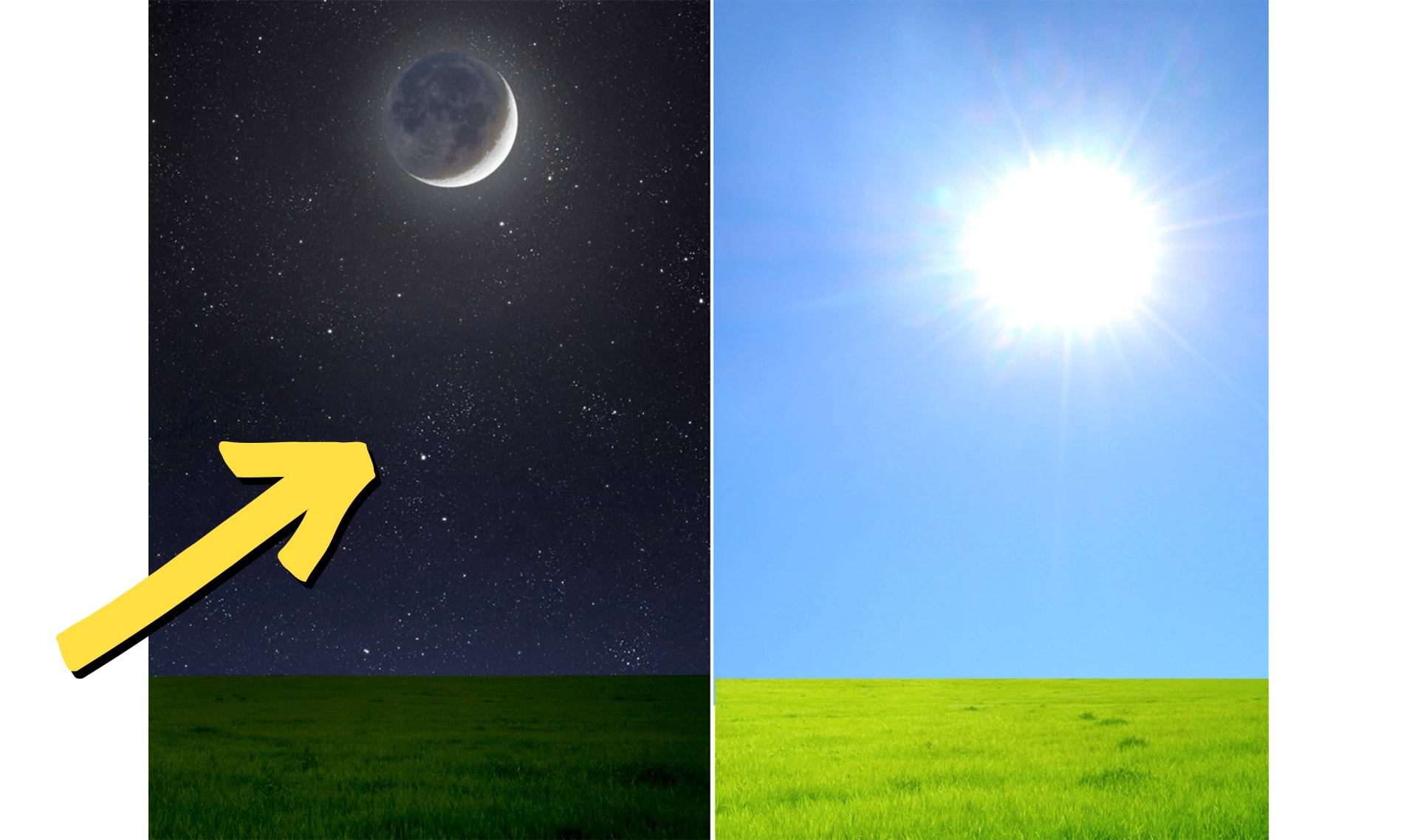
night
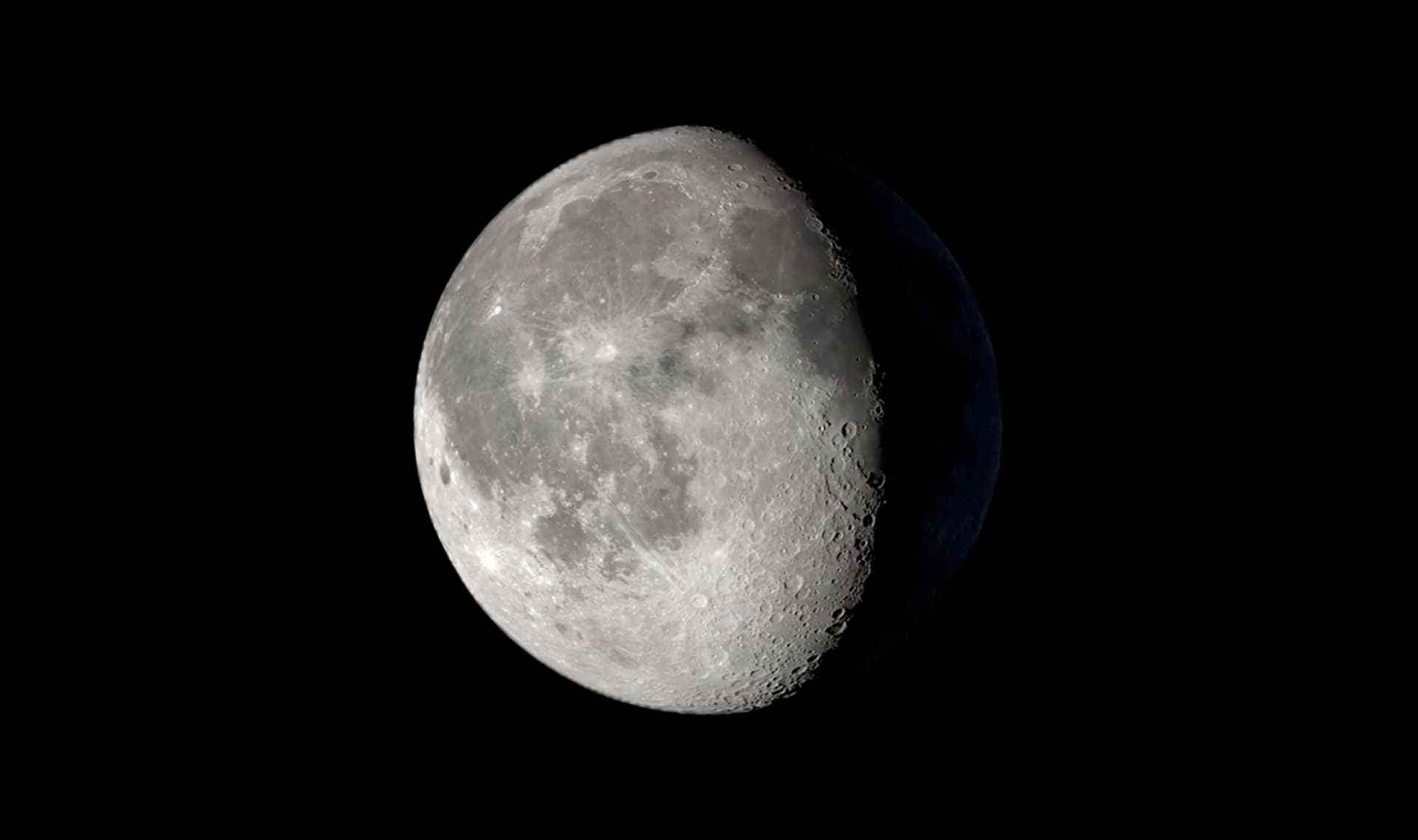
Moon
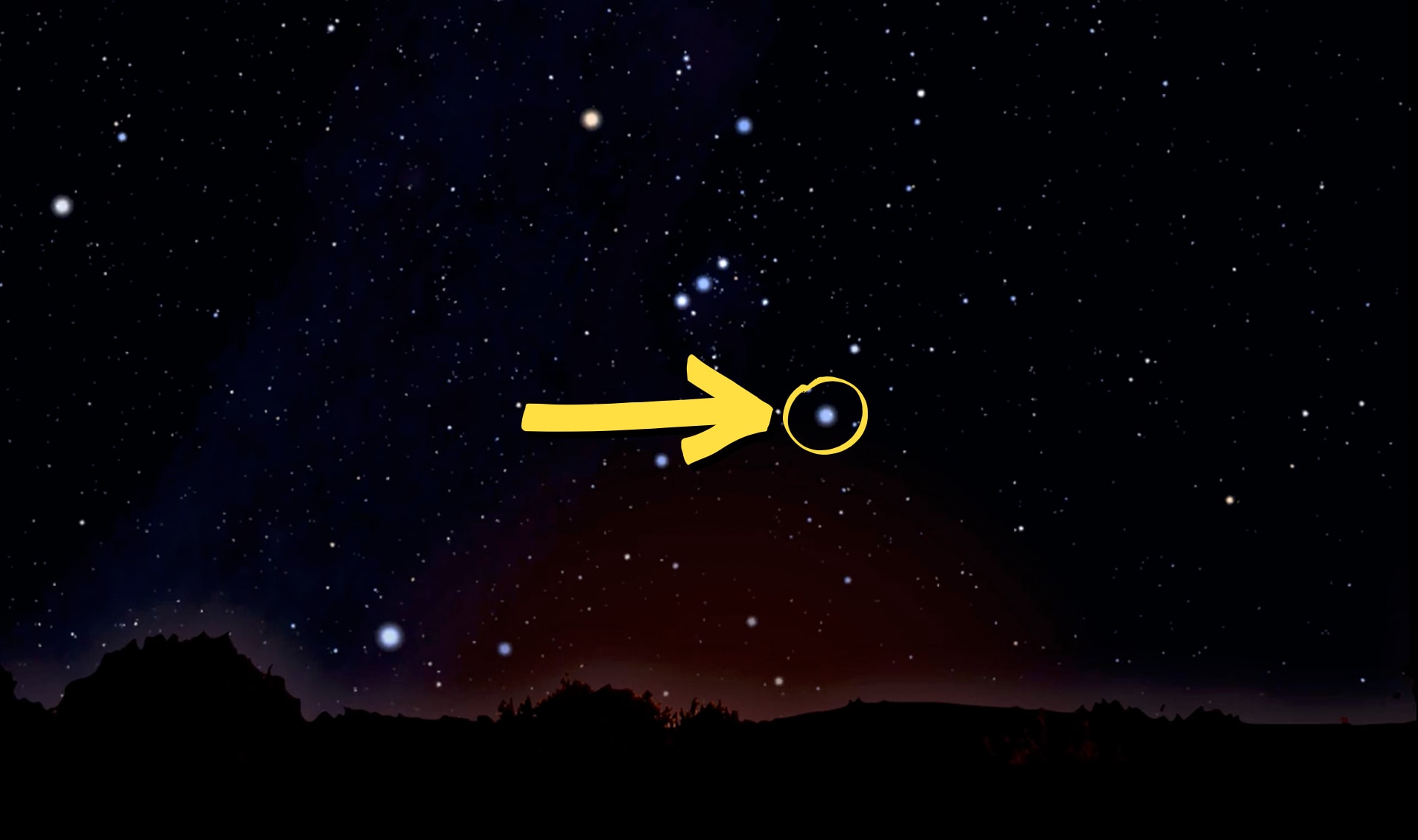
star

astronomy
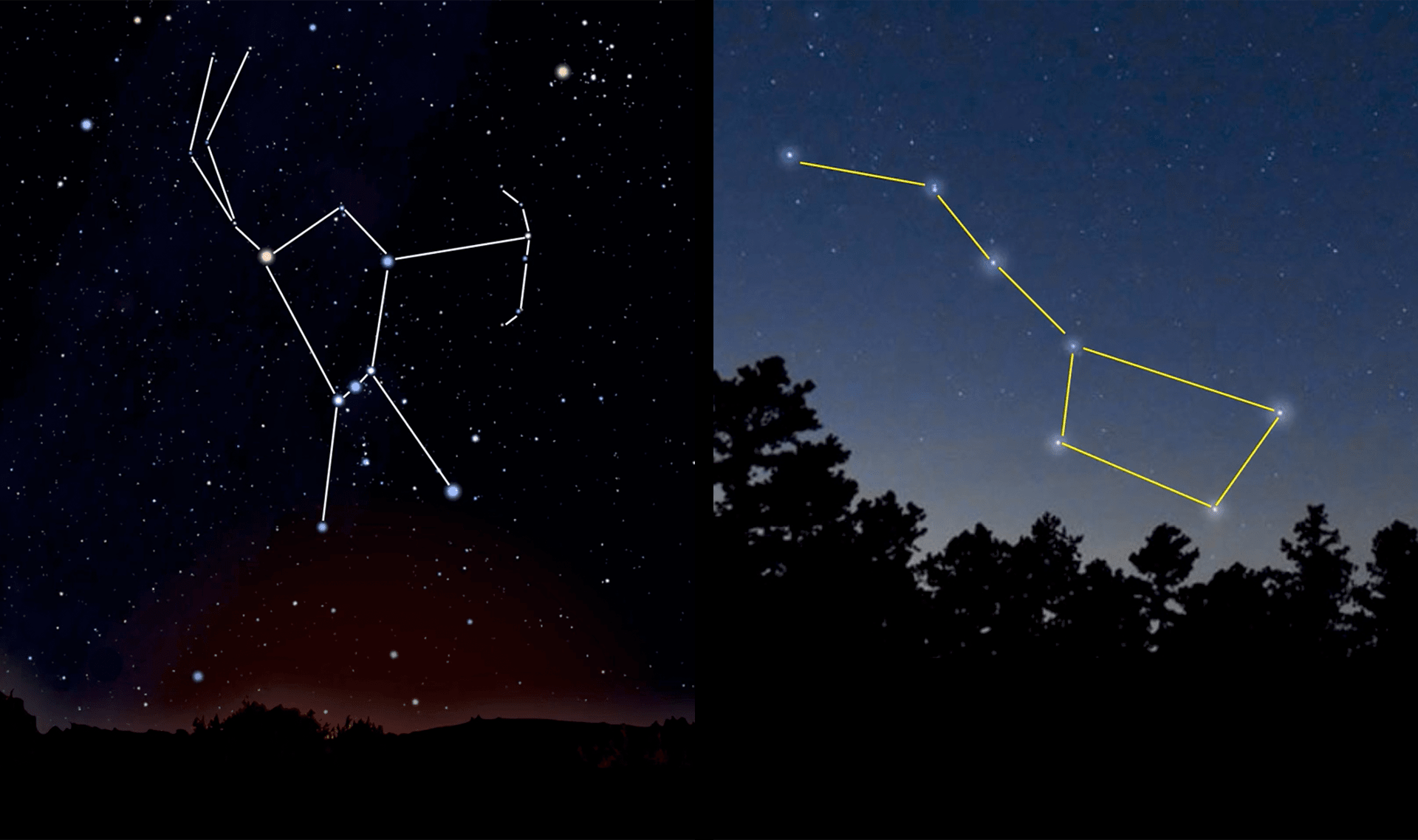
constellation
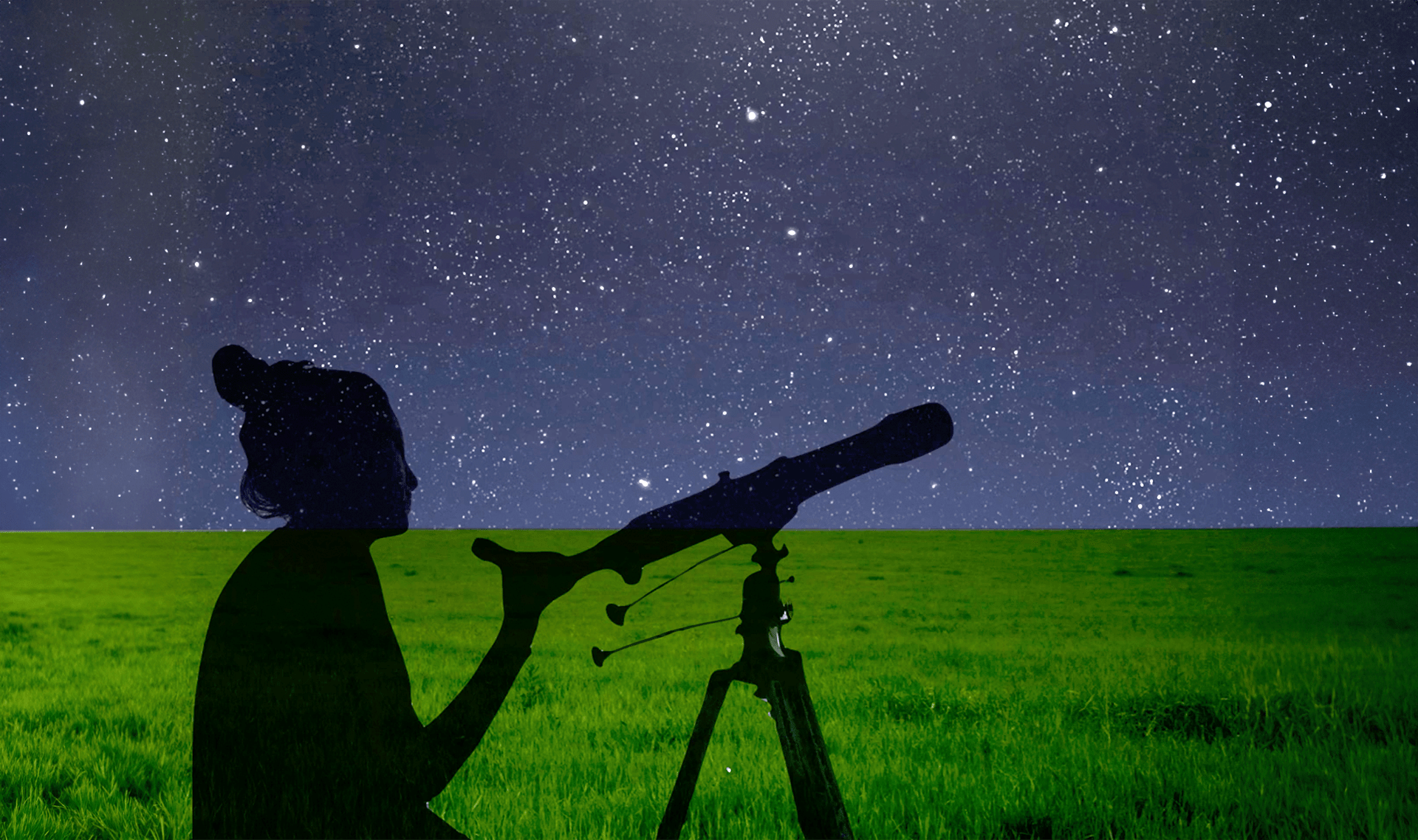
observe
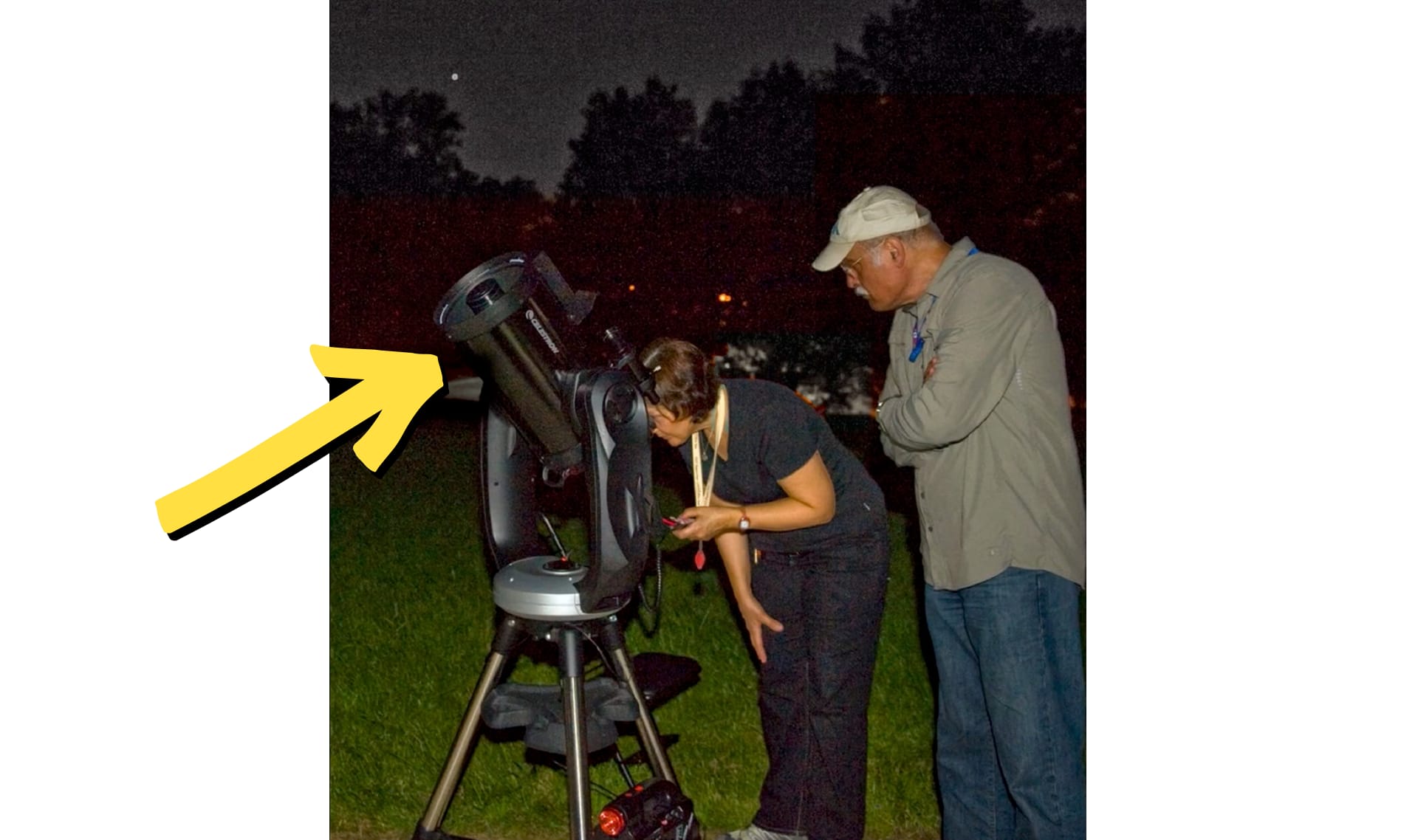
telescope

model

sunrise

